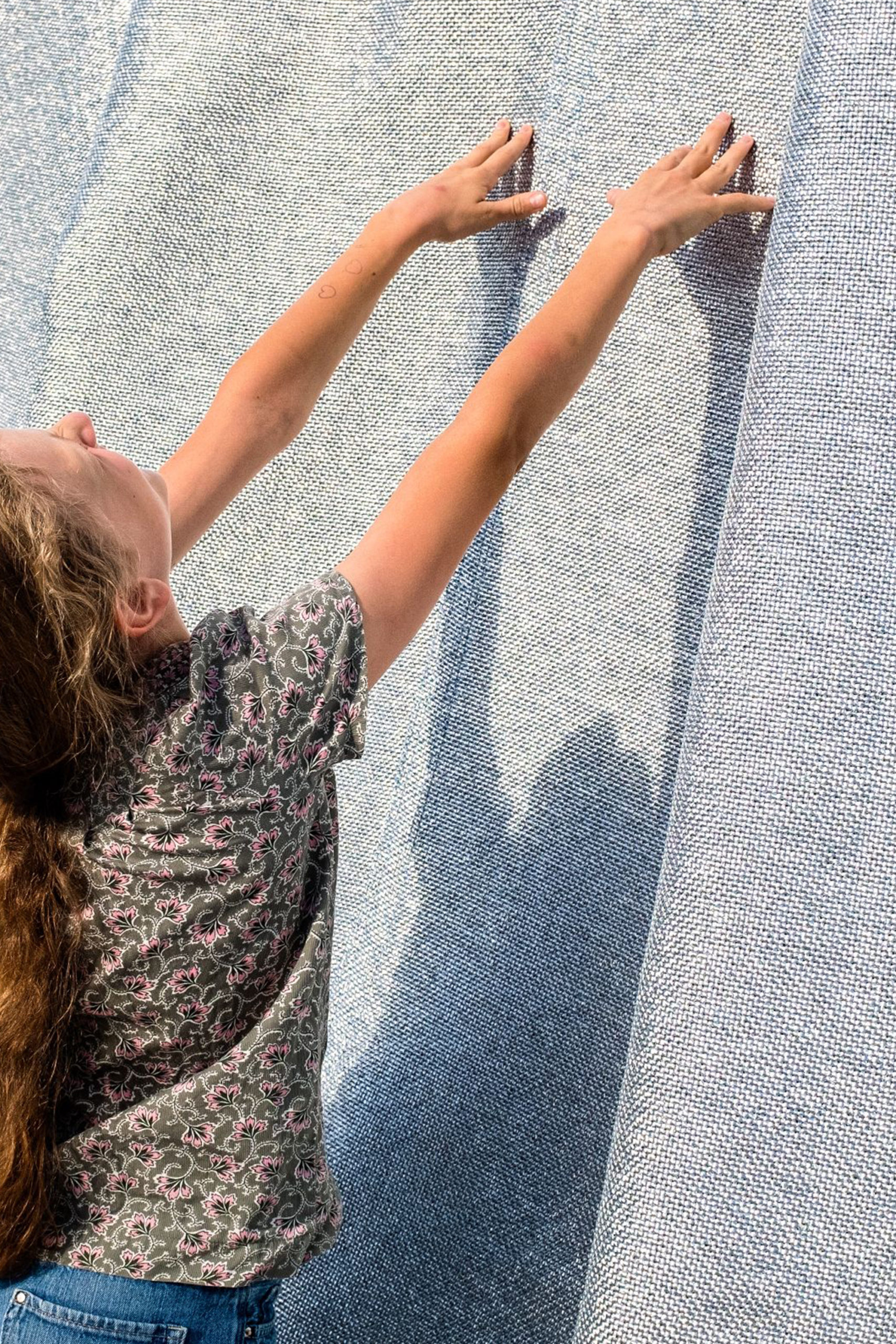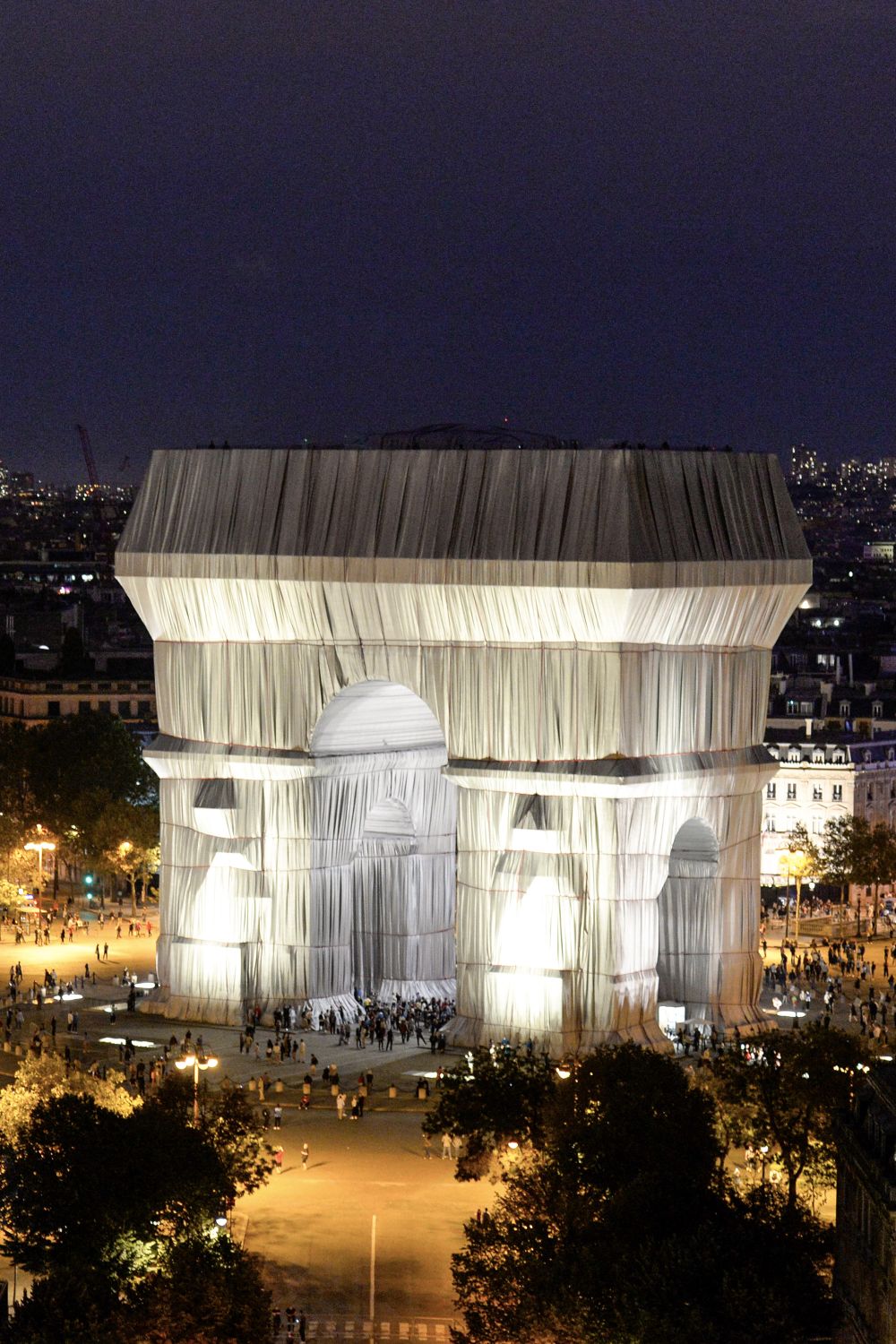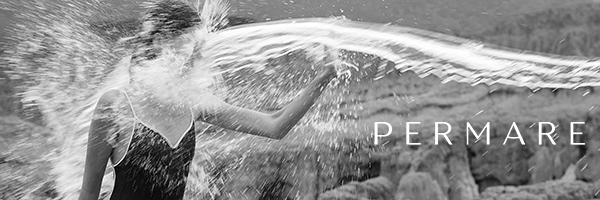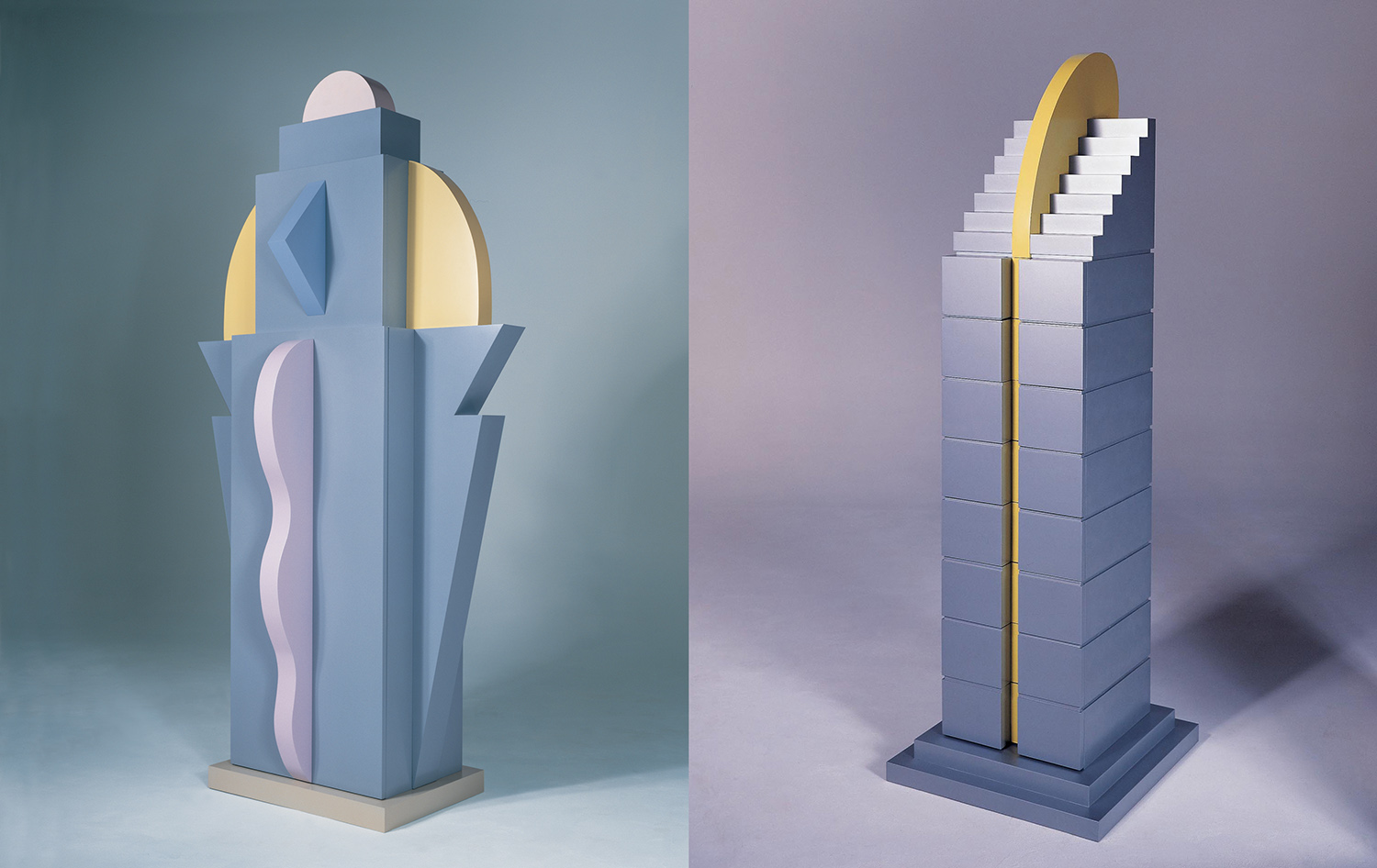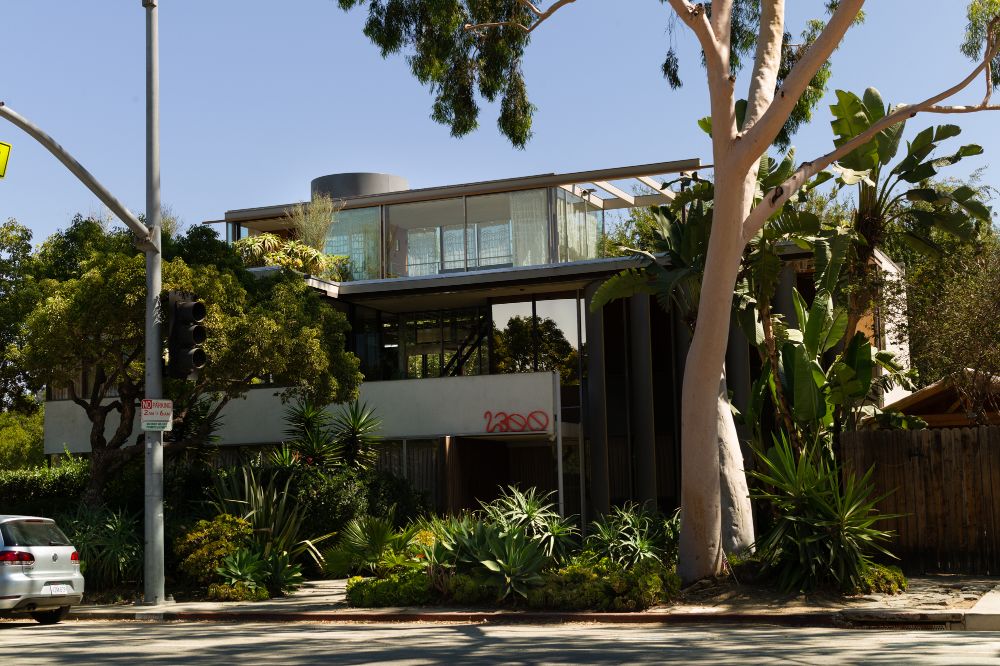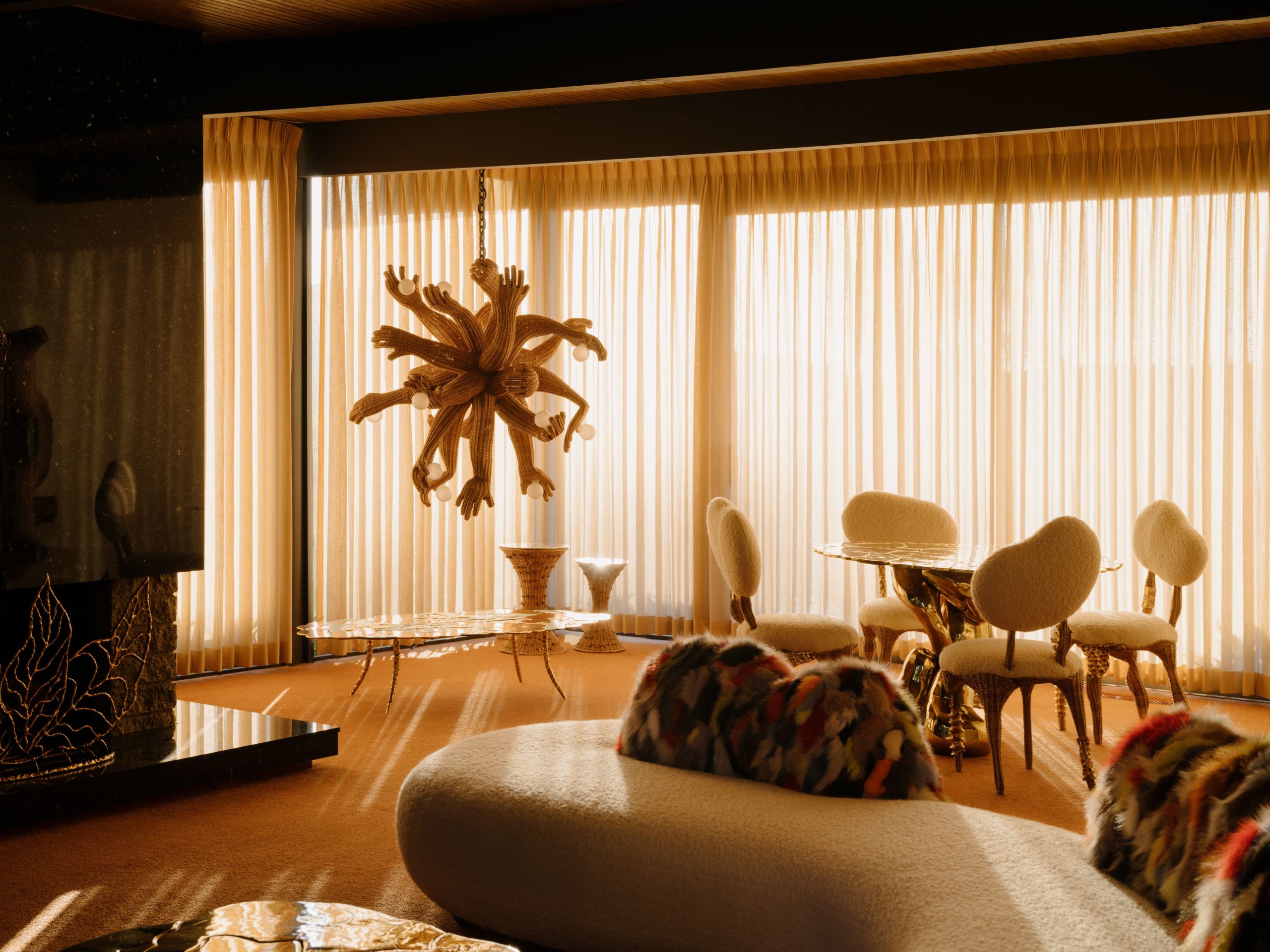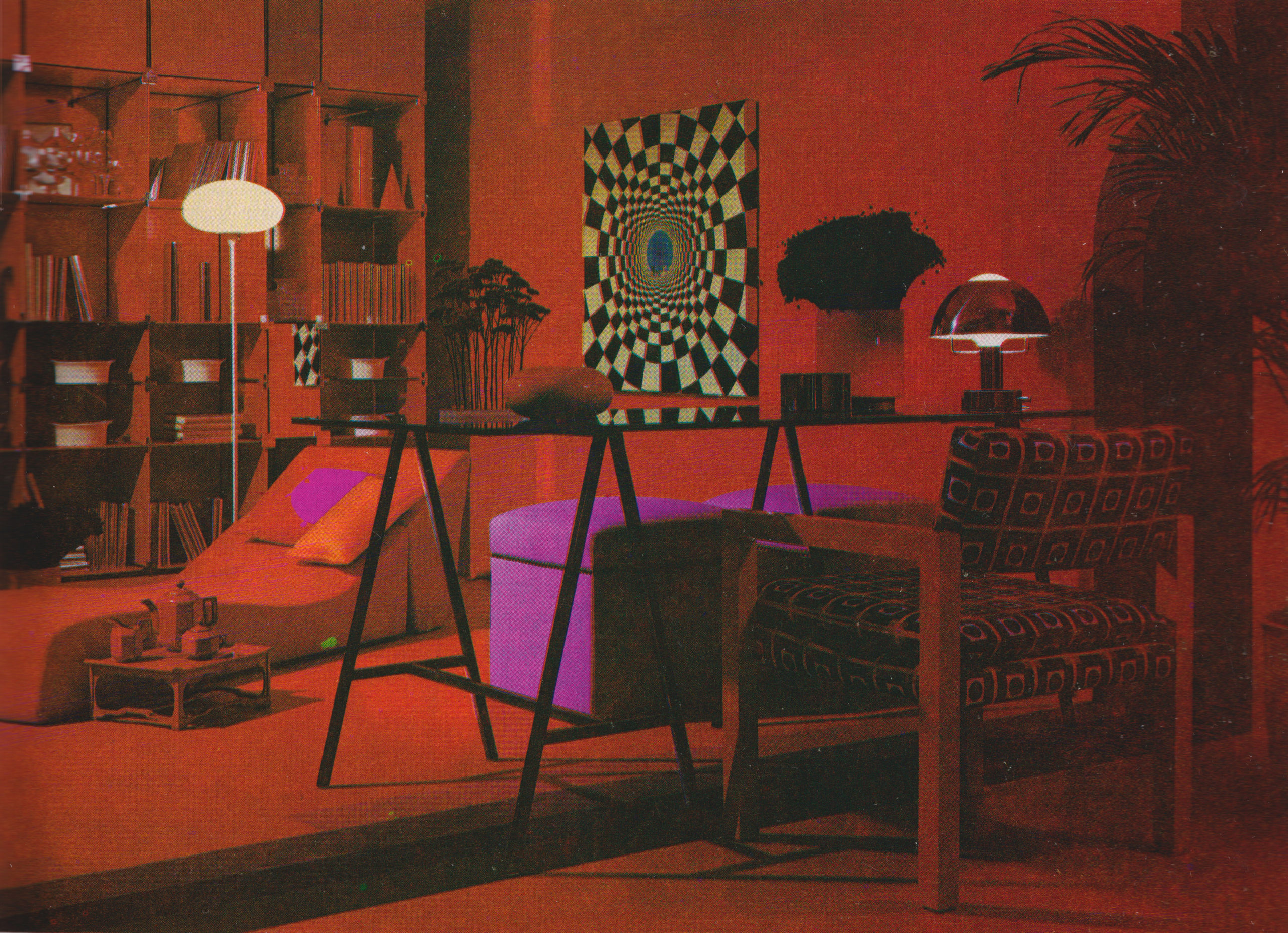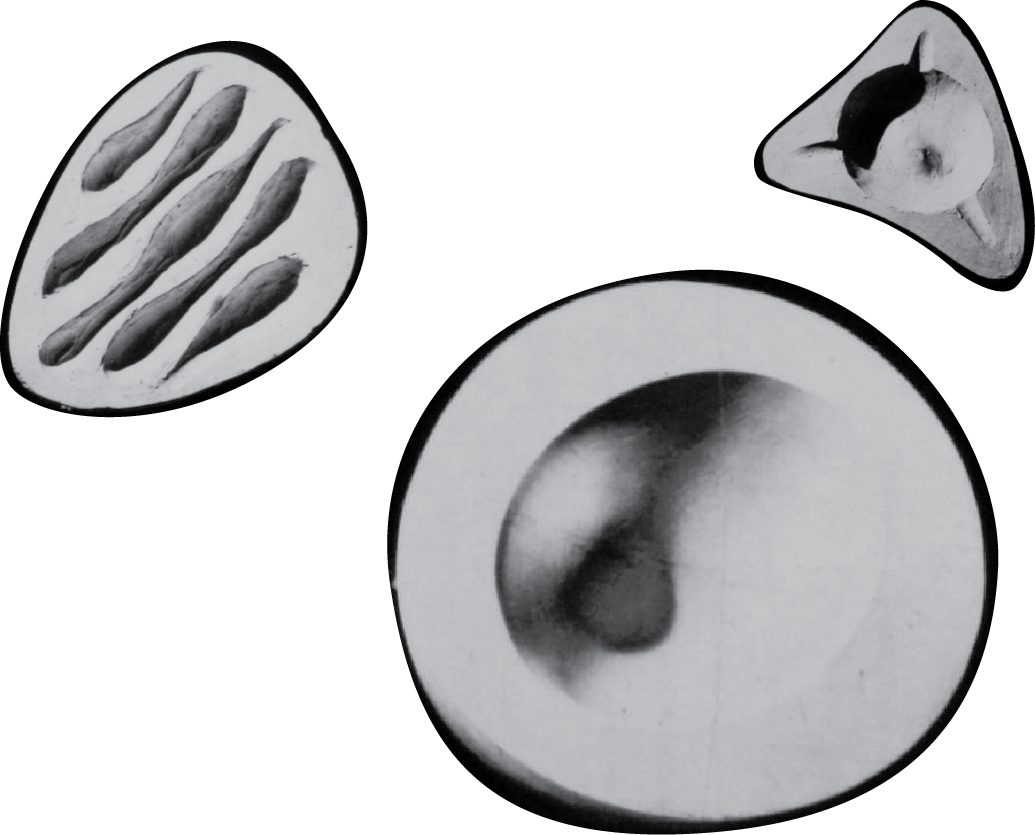SIXTY YEARS OF LOVE, CHRISTO'S L'ARC DE TRIOMPHE, WRAPPED
Photography courtesy of the Christo and Jeanne-Claude Foundation
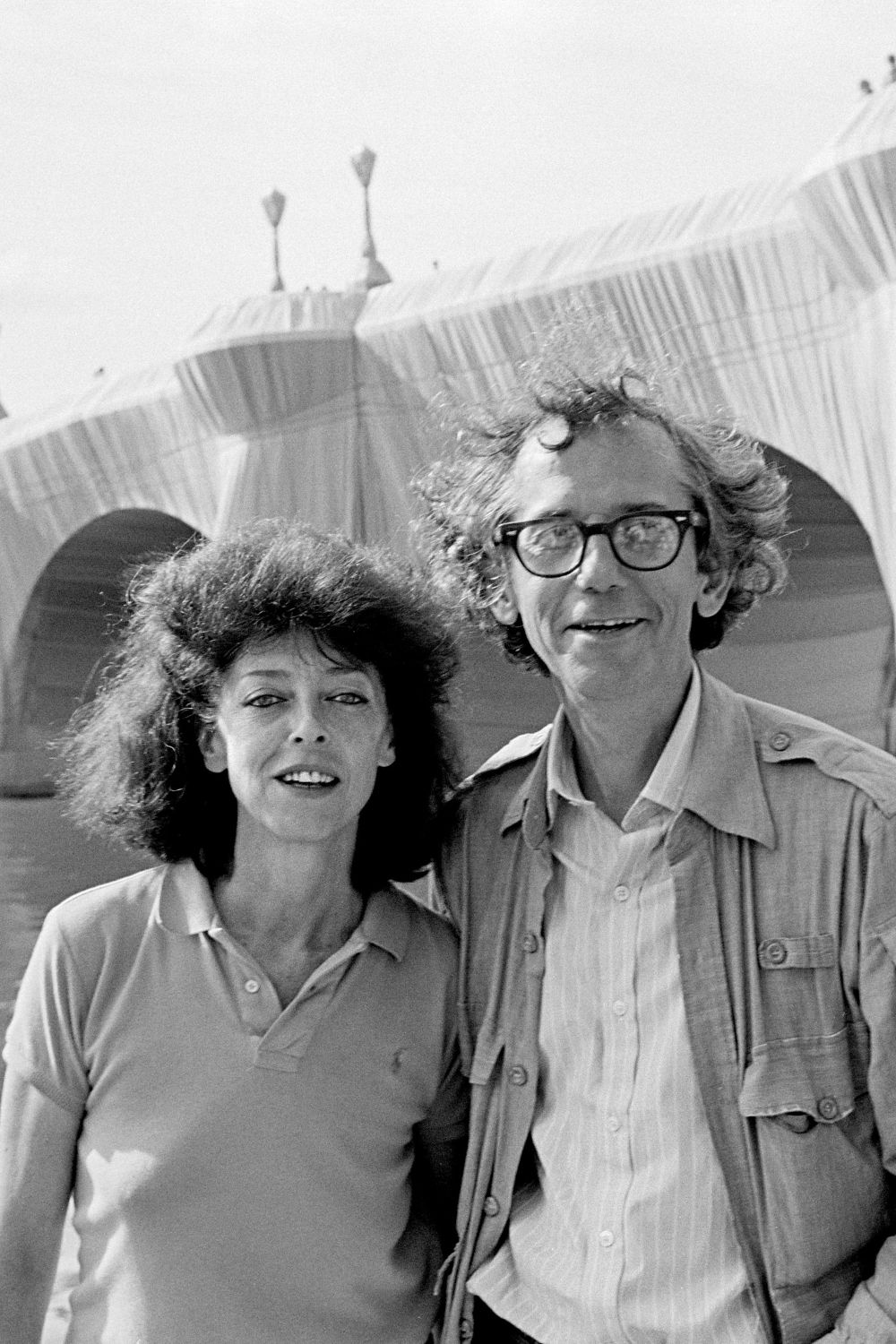
As early as 1961 Christo imagined wrapping a public building and by 1962 he expressed the desire to wrap the Arc de Triomphe. On view for 16 days from Saturday, September 18 to Sunday, October 3, 2021, L’Arc de Triomphe, Wrapped (1961–2021) is the culmination of sixty years of love. Wrapped in 25,000 square meters of recyclable polypropylene fabric in silvery blue, the material is supported with 3,000 meters of red rope. Initially set to open in 2020, yet postponed by the pandemic, Christo who died in May 2020 did not live to see the installation, nor did his wife and collaborator Jeanne-Claude who died in 2009. Artistically known simply as Christo and Jeanne-Claude, their partnership spanned a half-century and reportedly culminated in 23 large-scale wrappings in addition to 47 works that were not realized. While they identified as artists, the scope and scale of their projects required them to operate more akin to architects or urban planners. From initial proposals to conversations with local citizens and government officials and applying for permits, individual projects spanned decades and required nimble negotiation skills. They enlisted engineers, project managers, installation workers and even professional climbers to create their visions.
While the subject of their wrappings was more fluid, from buildings to pathways, and trees to the Australian coastline, they were strict about every intervention being temporary and never repeated. In a 2006 interview with National Geographic, Jeanne-Claude explains that as artists they use “the quality of love and tenderness” for the things such as childhood that do not last. Christo chimes in that as their projects are a once in a lifetime moment no one can buy them or sell tickets for them. The projects represent freedom, and for him “freedom is the enemy of possession and possession is permanence.” To remain “free” and independent in their mode of production, they self-financed all of their projects through the sale of preparatory studies, drawings, collages, scale models, as well as early works and original lithographs. They did not accept sponsorship of any kind. This arc project is supported by earlier sales, as well as the sales from the exhibition Christo: Early Works and Unrealized Projects, organized by Cahiers d’Art and Zuecca Projects, in collaboration with Christopher Taylor that is held on avenue Matignon just down the street from the arc. There were related events in Zürich, Sofia, and at the Würth Collection in France and Galerie Léo Arte and Galerie Sage and Cahiers d’Art in Paris.
They also remained insistent that their work is purely aesthetic and that there isn’t any political meaning. However, their claim for apoliticism highlights the politicized nature of their upbringings. Jeanne-Claude was born into a prominent French military family, while Christo was born in communist Bulgaria and defected to the west as a penniless refugee to escape for “freedom.” This biographical information seems to inform some of the subjects of their wrappings, such as the Reichstag (1971–95), which after the fall of the Berlin wall became an international symbol of freedom, and would hold specific resonance for someone with communist roots. However, the wrappings themselves provoke a sublime experience. Rather than concealing structures, through the process of wrapping the artists highlight the essential lines of specific architectures and allow visitors to witness a more concentrated form.
Upon the wrapping of the Pont Neuf (1975–85), Jack Lang, then French Minister of Culture, remarked that “never did anyone look at the Pont Neuf as much as on the day that it was hidden. Christo teaches us to see.” Moreover, they inspire us to love. The 1990 documentary Christo in Paris, which chronicles the Pont Neuf project, opens with Christo walking in front of Jeanne-Claude along the Seine when she says, “walking without kissing..it’s unheard of darling.” He then grabs her and they walk arm in arm towards the bridge, as the camera pans to show other couples kissing alongside the riverbank. In the week leading up to the “unwrapping” of the wrapped Arc, the scene was much the same. As construction cranes danced around the structure, couples looked up at the triumphal arc and kissed, families held hands, and everyone stopped and looked. On the day of its completion, crowds gathered to be close to it and touch the fabric and children reached up to hang from the ropes. Nearly two years into a pandemic that has restricted our ability to gather and in many ways made touch something to be feared, there is something magical in seeing people continue to reach out, and to hold onto something, whether the person they are with or the arc itself.
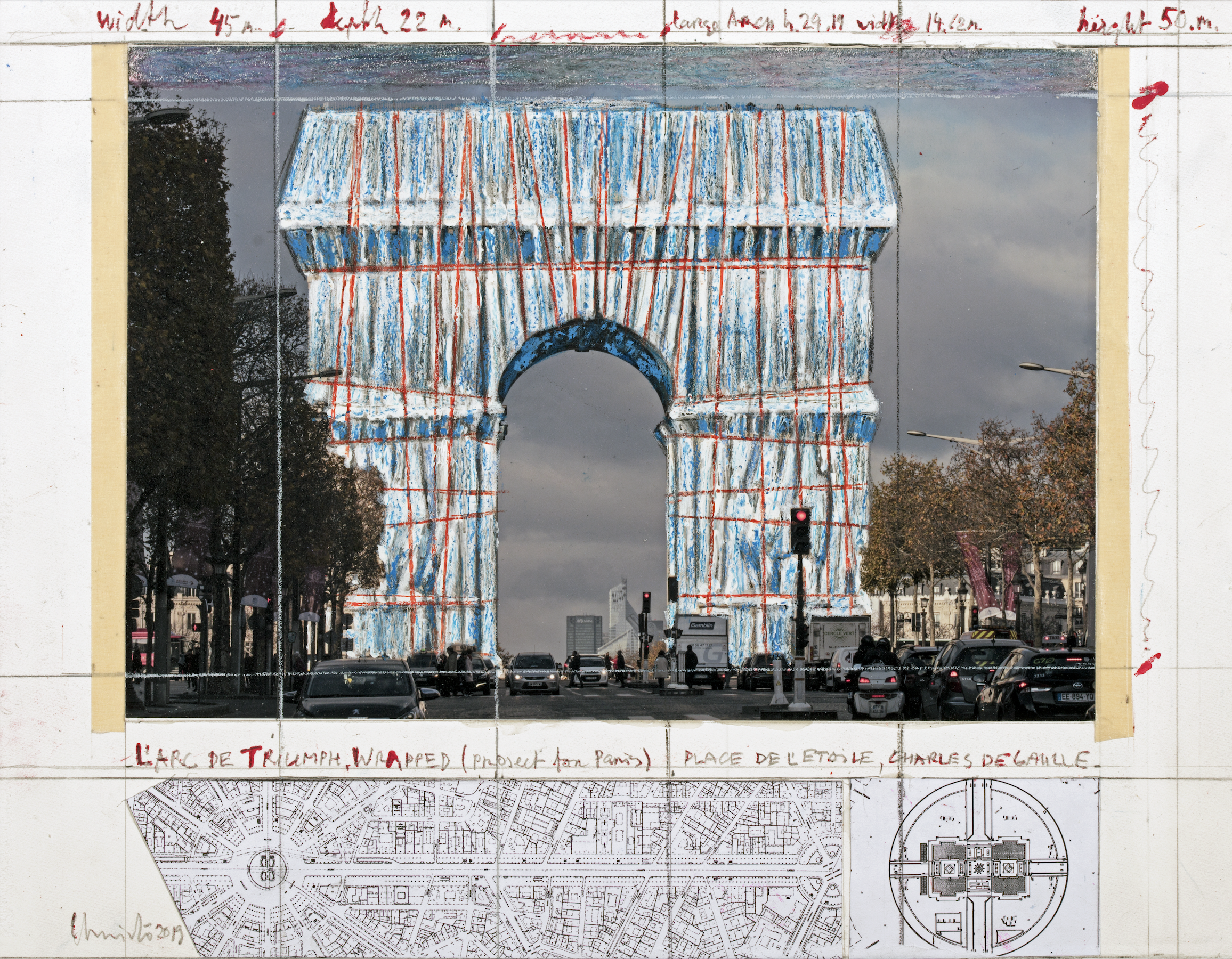
CHRISTO, L’ARC DE TRIOMPHE, WRAPPED, PLACE DE L’ETOILE, CHARLES DE GAULLE, COLLAGE 2019. PENCIL, WAS CRAYON, ENAMEL PAINT, PHOTOGRAPH BY WOLFGANG VOLZ. PROPERTY OF THE ESTATE OF CHRISTO V. JAVACHEFF, PHOTOGRAPHY BY ANDRÉ GROSSMANN, COURTESY OF THE CHRISTO AND JEANNE-CLAUDE FOUNDATION.
